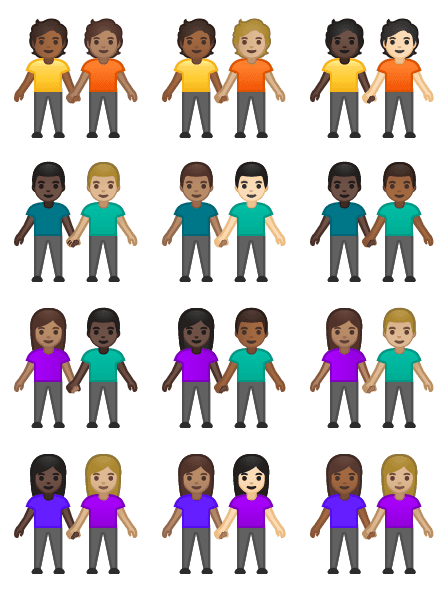Unicode CLDR 35 provides an update to the key building blocks for software supporting the world's languages. CLDR data is used by all major software systems for their software internationalization and localization, adapting software to the conventions of different languages for such common software tasks.
CLDR 35 included a limited Survey Tool data collection phase, adding approximately 54 thousand new translated fields:
| Basic coverage | New languages at Basic coverage: Cebuano (ceb), Hausa (ha), Igbo (ig), Yoruba (yo) |
| Modern coverage | Languages Somali (so) and Javanese (jv) has additional coverage from Moderate to Modern |
| Emoji 12.0 | Names and annotations (search keywords) for 90+
new emoji; Also includes fixes for previous names & keywords |
| Collation | Collation updated to Unicode 12.0, including new emoji; Japanese single-character (ligature) era names added to collation and search collation |
| Measurement units | 23 additional units |
| Date formats | Two additional flexible formats, and 20 new interval formats |
| Japanese calendar | Updated to Gannen (元年) number format |
| Region Names | Many names updated to local equivalents of “North Macedonia” (MK) and “Eswatini” (SZ) |
A dot release, version 35.1 is expected in April, with further changes for Japanese calendar.
For details, see Detailed Specification Changes, Detailed Structure Changes, Detailed Data Changes, Growth.











![[badge]](http://unicode.org/announcements/ynh-deaf-person.png)


